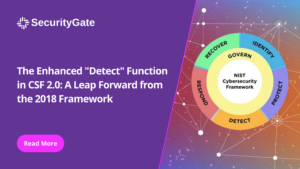Welcome back to Tea with C. As we navigate deeper into the OSI model, today’s spotlight shines on Layer 6: the Presentation Layer. The Presentation Layer, often likened to an adept interpreter in the digital realm, plays a pivotal role in the seamless transmission and reception of data across the network.
At its essence, the Presentation Layer is tasked with data translation, encryption, and compression. It ensures that the information sent from the application layer is suitably formatted for transmission across the network and can be accurately interpreted by the receiving system. This layer is a universal translator for network communications, bridging different data formats into a universally understood language.
Encryption protocols at this layer are vital for securing data at rest and in transit. They are the bedrock of data integrity and confidentiality, shielding sensitive information from prying eyes and potential cyber threats. This is where the magic of transforming data into a secure format occurs, making it an essential battleground for cybersecurity efforts.
However, the Presentation Layer is not without its vulnerabilities. Some of the most insidious security threats stem from weaknesses in the coding practices used to develop applications interacting at this layer. Buffer overflows, SQL injections, and cross-site scripting are prime examples of exploits that can lead to significant security breaches. These vulnerabilities underscore the critical importance of secure coding practices and robust input validation procedures to fend off attackers.
The roles vital to securing the Presentation Layer span a broad spectrum of cybersecurity expertise. Network security analysts play a key role in scrutinizing the data exchange protocols and ensuring that encryption measures are robust and correctly implemented. Developers adhere to a secure development lifecycle, ensuring that code is thoroughly vetted and sanitized before deployment. Lastly, the overarching vigilance of security analysts dedicated to network monitoring and logging forms the backbone of a comprehensive security strategy at this layer.
Ensuring the security of the Presentation Layer is a multifaceted challenge that requires a concerted effort from all parties involved in the development and deployment of network applications. As we gear up for our following discussion on the final layer of the OSI model, the Application Layer, remember that each layer presents unique challenges and opportunities for enhancing our cybersecurity posture. Join us next week as we conclude our exploration of the OSI model.






